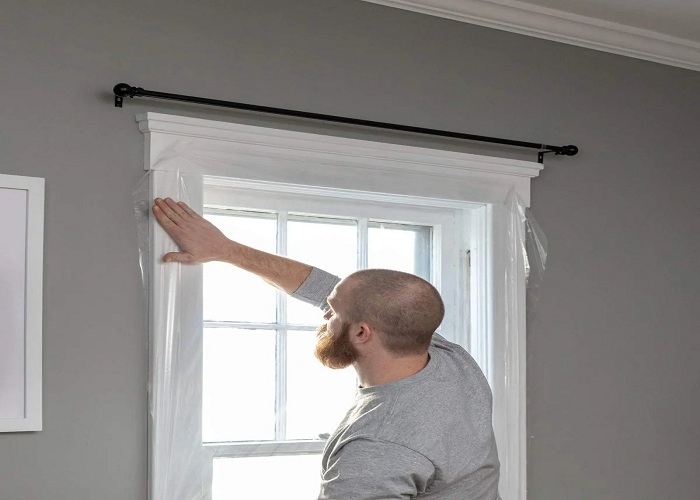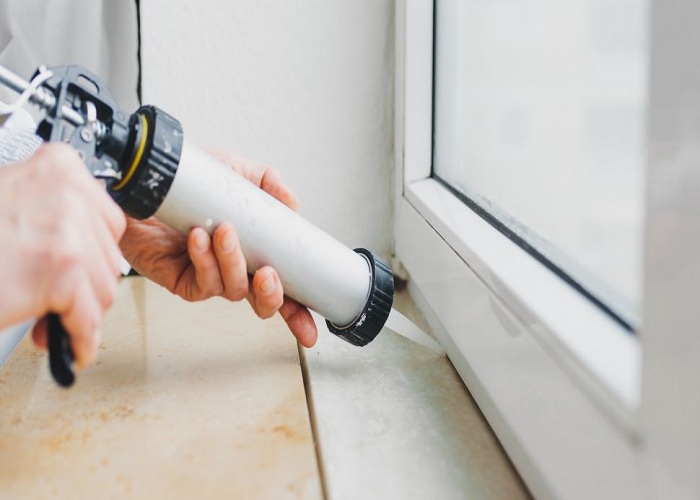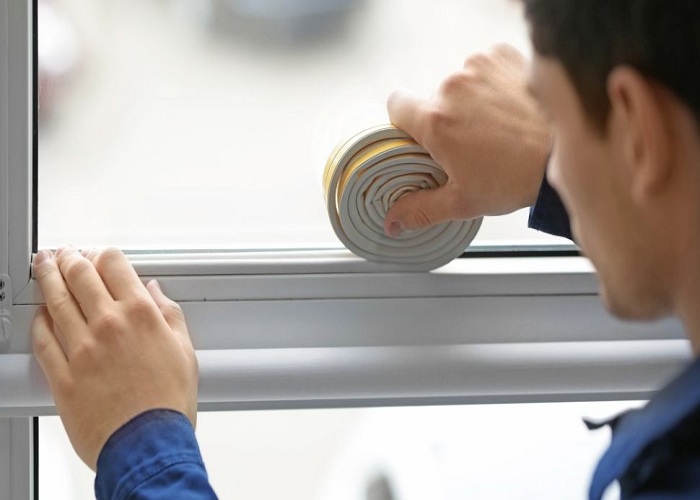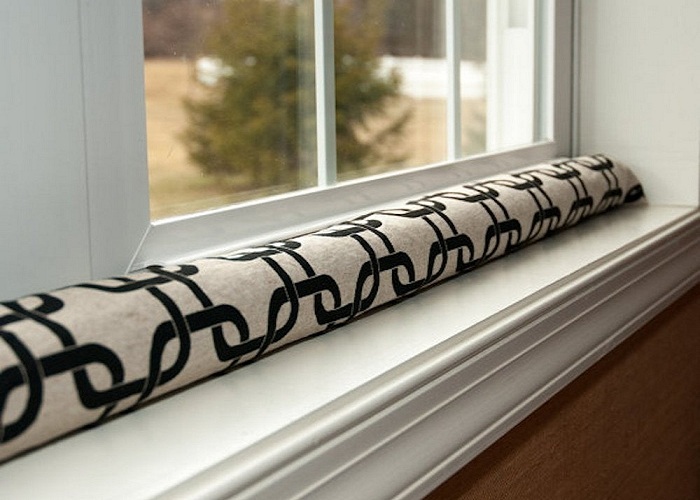If you’re wondering where that draft is coming from inside your nice house, it’s most likely coming through your windows. It is not necessary to replace your drafty windows (or your sweaters!) if you simply insulate them to retain the heat inside throughout the winter. Or you can decide whether blinds or curtains are better for your home.
Sealing your windows for the winter is a simple and inexpensive technique to keep the chilly air out. Listed below are the best low-cost and simple methods available for insulating your windows.
Here’s how to insulate your windows for winter if you’re feeling chilly inside:
WHAT YOU’LL NEED:
- Towels and a damp cloth
- Putty knife
- Caulk gun
- Window film
- Expanding foam
- Thermal window treatments
- Draft ‘snake’ or stopper
Before you Start:
Prepare your windows Clean the window, its frame, and its sill before beginning.
Wipe off the surface with a damp cloth to remove any dirt or dust, and then use a soapy sponge or squeegee to thoroughly wipe the glass surface. When you’re done washing, pat everything dry with a clean towel.

Window film insulation
Window film is essentially a huge sheet of shrink-wrap plastic adhered to the window panes on both sides. This helps keep warm air inside by creating a barrier between the pane and the cold air outside. Start by determining the exact size of your window frame, and then cut the sheet to that exact size. Using the double-sided tape, attach to the outside of the glass. The next step is to use a hair dryer to shrink the film and enhance the seal.

Window caulking
This is a common and affordable method to prevent drafts during the colder months because of the high performance sealant it provides. Using a putty knife, carefully scrape away any loose caulking around the window frame. The next step is to caulk or repair any gaps or cracks along the inner wall frame. This will seal off the inner sill and wall, preventing cold air from entering the room. However, in the event of an emergency, it is not recommended that you seal around a window opening.

Window insulation foam
Another quick technique to insulate around windows is with expanding foam spray, which should be applied with a foam shooter gun. Put a tiny amount on the edge of your window sill to see how much it will expand. Next, run a thin line of foam around your entire frame to create a tight seal and prevent air leaks. Stick some foam rubber weather sealing strips tightly around your window if you’d rather not use a foam spray.

Window thermal treatments
Thermal curtains, shades, or heavy drapes can help keep off drafts. These do a better job of preventing heat from escaping through the fabric’s surface, and they also trap more air within the fabric’s folds. In comparison to sealing windows, installing heavy drapes may not be the cheapest option, but they certainly make a better aesthetic statement.

Draft stopper or ‘snake’
Use this option for a hassle-free alternative. In essence, it’s just a long, packed tube of foam and fabric that you can lay across the sill of your window. This will keep any drafts from coming from underneath, but it won’t be ideal if you have a breeze coming from the sides or top of your window. You can buy draft stoppers at any home improvement store, or you may choose to create your own by filling a long sock with sand, beans, or rice.
Once insulated, how often should I re-do the windows?
Insulate your windows before the cold weather arrives. Caulking needs to be replaced every five years or so, depending on how well it holds up.


